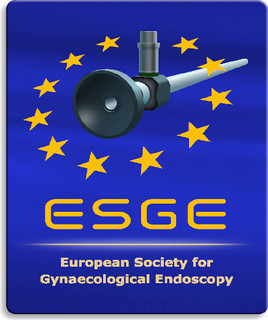For most developing countries, population control is necessary to cope with the limited health care resources available. Providing infertility treatment therefore, seems contradictory to the concept of population control. Population control cannot be left at the discretion of the individual, but not allowing infertility services to individuals suffering from childlessness would certainly be unfair. In this issue of Facts, Views and Vision, Papreen Nahar reports on the situation in Bangladesh and discusses the views of all stakeholders involved.
While ICSI has revolutionized the treatment of male infertility, assisted reproduction using donor sperm is still ubiquitous. Many couples need or prefer sperm donation and requests from same-sex couples and single parents are on the rise. Throughout Europe, gamete donation is regulated in every member state in a different way ranging from anonymous donation-only to full disclosure donation. But whatever these specific regulations are, candidate acceptor patients need counseling allowing them to deal with secrecy and/or identity release issues. The paper by Visser et al. reviews the current status on counseling candidate patients for sperm donation and the need for professional support in sharing information about the genetic origin with their descendants.
In this issue Mohammed Galal and his colleagues reviews the current definition and management of post term pregnancy. They conclude that current evidence indicates active induction of labor at 41 weeks to minimize complications to both mother and child. During late pregnancy, progesterone decreases, increasing sensitivity to oxytocin, hence increasing the frequency and strength of uterine contractions. In their paper, Andrew Blanks and Jan Brosens appraise the potential role of progesterone in preterm labor by overviewing both data obtained from in-vitro models and those from in-vivo observations where progesterone administration is associated with a significant reduction in preterm birth before 34 weeks in some women at increased risk of preterm delivery.
Over more than 20 years scientists investigate a new promising field in medicine that one day may allow to repair the human body thanks to either embryonic, adult stem cells or adult skin cells forced to act like stem cells. Apart from the political and ethical issues involved in this field, there are many unresolved scientific co- nundrums. The last decade has seen a lot of hope, hype, and controversy with sound science evolving together with maverick science providing inconsistent expectations. A controversial topic and hence a controversial paper is presented by Claudia Spits.
The European directive 2006/17/EC on screening of gamete donors in assisted reproduction, including the so-called intra-partner donation, e.g. husband to wife, has been subject to a lot of debate. Apart from the fact that intra-partner donation screening may be redundant, it has a substantial impact on the healthcare budget of each member state. Edgar Mocanu, chairman of ESHRE's (European Society for Reproduction and Embryology) Task Force on European Tissues and Cells Directive, reports on the lack of scientific evidence to support the screening as proposed by the European directive. Unfortunately for our country, the directive was interpreted too strictly in the Belgian law and hence the cost related to this screening is calculated to be an extra 5 million euro for IVF-related screening, an important waste of valuable resources of our national healthcare budget. A story to be continued...
Further in this third issue of 2012 the summary of the PhD thesis by Christophe Blockeel on the Optimization of the follicular phase in IVF/ICSI. The work in this thesis is focusing on the use of GnRH antagonist co- treatment that has the added patient benefit of significantly fewer injection days and a lower risk for developing OHSS (ovarian hyperstimulation syndrome).
Finally a rather peculiar report on an unexpected finding at testicular sperm recovery by Carolina Ortega- Hrepich.
Sharing information is the mission of this journal. Open discussions will enrich our practice by infusing new perspectives and ideas to our readers. On behalf of the editorial staff and the publisher, I hope I can say this is an exciting issue underscoring the mission of this journal. Enjoy reading!
Herman Tournaye Member Editorial Board



